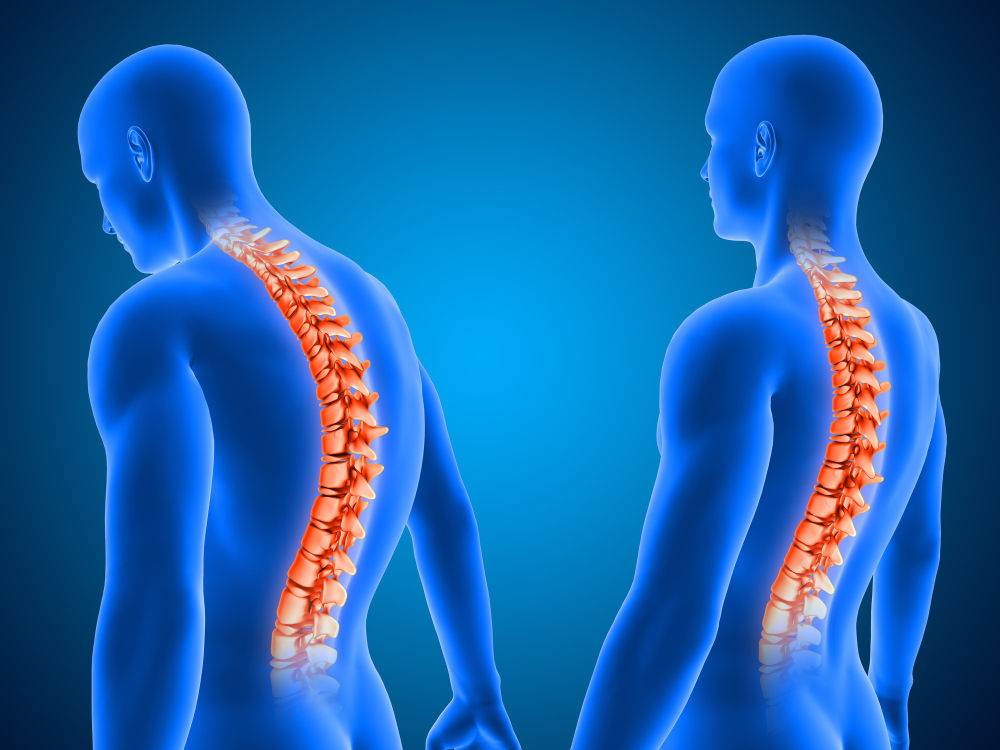
## A Fresh Outlook for Rare Condition
For youngsters suffering from *Acute Flaccid Myelitis* (AFM), a severe ailment that can lead to abrupt paralysis, an innovative new treatment brings renewed optimism. Recent studies from the *Kennedy Krieger Institute’s International Center for Spinal Cord Injury* have shown extraordinary outcomes in aiding these children to recover their mobility and independence.
AFM is an exceptionally uncommon neurological disorder that impacts approximately **one in every 1 million children** in the United States each year. Even with its infrequency, the effects on affected children and their families are deeply significant. The condition usually follows a viral infection and results in inflammation of the spinal cord. This inflammation may lead to prolonged paralysis in crucial body areas, including the diaphragm, arms, and/or legs. The abrupt onset of paralysis is what renders AFM particularly alarming for both medical professionals and families.
Although past treatments have yielded limited results, especially concerning long-term recovery, this recent advancement signifies a notable progression.
## Cutting-Edge Treatment Method
The cutting-edge therapy created by the *Kennedy Krieger Institute* integrates two vital elements: **Transcutaneous Spinal Cord Stimulation (TSS)** and movement training. TSS is a non-invasive procedure that applies electrical currents through adhesive pads placed on the skin. These electrical impulses enhance communication between the brain and spinal cord, effectively stimulating muscle activation and rejuvenating motor function that was previously compromised due to AFM.
In a recent investigation of this therapy, four children diagnosed with AFM underwent **22 therapy sessions**. In every session, the children experienced TSS while utilizing a supportive harness on a treadmill. The harness was designed to reduce some of the body’s weight, allowing the children to concentrate on their movement techniques as they advanced through their therapy.
The outcomes were highly encouraging:
– **Three** of the four children exhibited noticeable improvements in their **walking distance**.
– **Two** showed significant advancements in mobility aspects, including posture adjustment, increased walking speed, and improved overall walking capabilities.
These changes represented a profound transition, as some children who had previously depended on wheelchairs or other aids began to gain increasing independence with each session.
## A Road Ahead
“It’s uplifting to observe the changes in these children,” stated **Rebecca Martin**, the study’s lead investigator. “TSS is transforming the field of neurorehabilitation, offering a safe alternative to the invasive surgeries often necessary for young patients.”
The unique challenge posed by AFM – its rarity – has historically hampered researchers from executing studies with large participant pools, making it a pivotal moment when favorable results are attained. This study highlights potential pathways for tailored treatment strategies for children with AFM, which previously had very limited options. With non-invasive methods like TSS, researchers are optimistic that AFM’s hold on children’s lives may gradually diminish.
“This treatment is delivering families a long-sought remedy, especially in situations where they previously faced a lack of solutions,” Martin remarked. “Our aim now is to further refine this method and make it more accessible to children facing this rare, yet distressing, condition nationwide.”
While this innovative treatment marks a significant advancement, the researchers stress that further efforts are necessary. Expanding access to the therapy and conducting additional studies with larger populations will be essential in converting AFM treatment from an experimental model into a standard therapeutic practice. Although large-scale clinical trials may require time, the team remains hopeful as they aim to extend the reach of their research.
As it currently stands, this new therapy provides AFM patients – and their families – something immensely precious: hope.
—
### Glossary
Here are key terms referenced in this article to aid your understanding of the science surrounding AFM and its treatment:
– **Acute Flaccid Myelitis (AFM):** An uncommon neurological disorder that leads to sudden paralysis, frequently affecting the spinal cord and resulting in weakness in the diaphragm, arms, and legs.
– **Transcutaneous Spinal Cord Stimulation (TSS):** A non-invasive therapy utilizing electrical currents applied to the skin to communicate with the spinal cord, facilitating muscle movement and motor recovery.
– **Neurorehabilitation:** A therapeutic strategy aimed at assisting individuals in recovering from nervous system injuries, with the goal of restoring motor function and independence.
– **Motor function:** The ability of the body to move and coordinate muscle control effectively.
—
### Quiz (Test Your Knowledge!)
Test your understanding by answering the following questions based on the article:
1. **How many children in the United States are affected by AFM annually?**
**Answer:** One in 1 million children
2. **How many therapy sessions did patients receive in the study?**
**Answer:** 22 sessions
3. **How many children in the study showed improvements in walking distance?**
**Answer:** Three